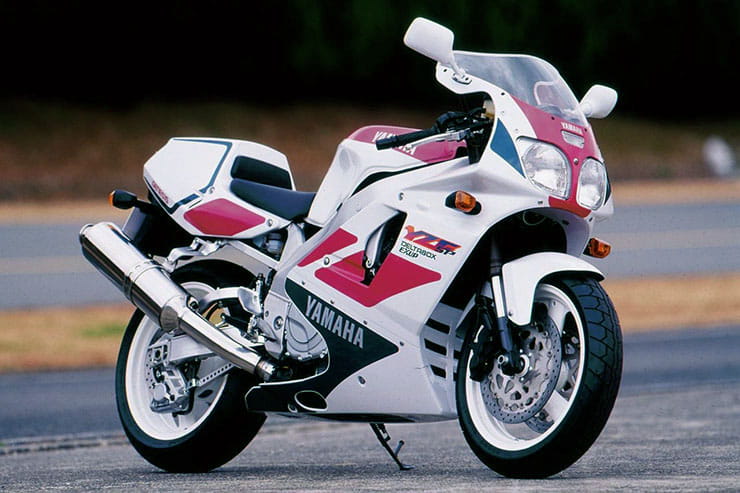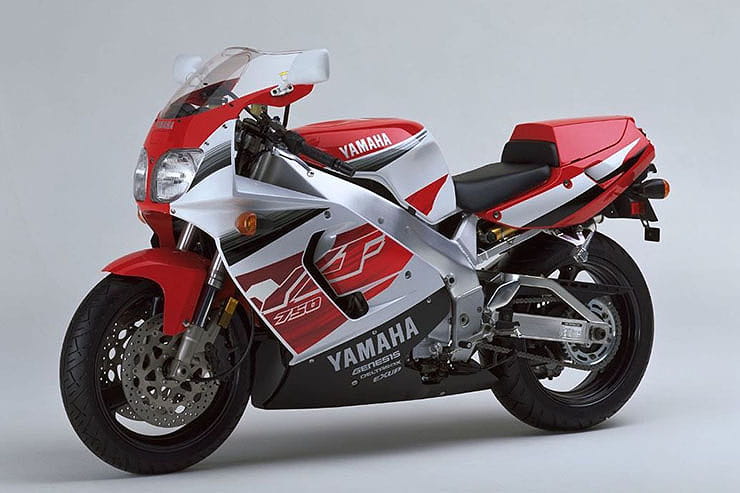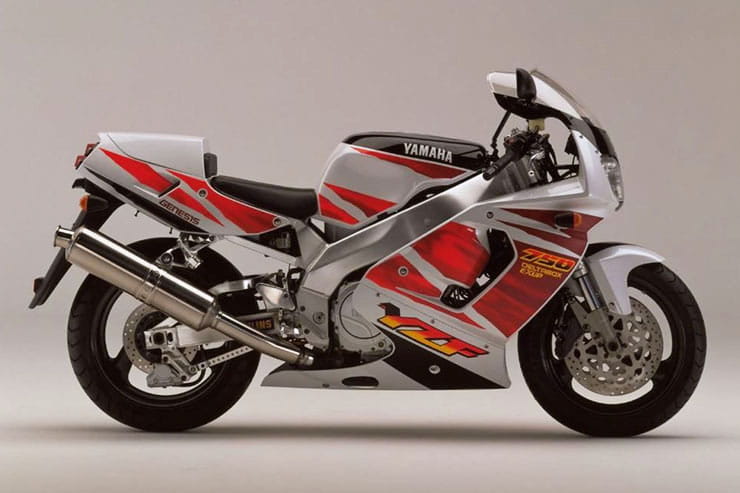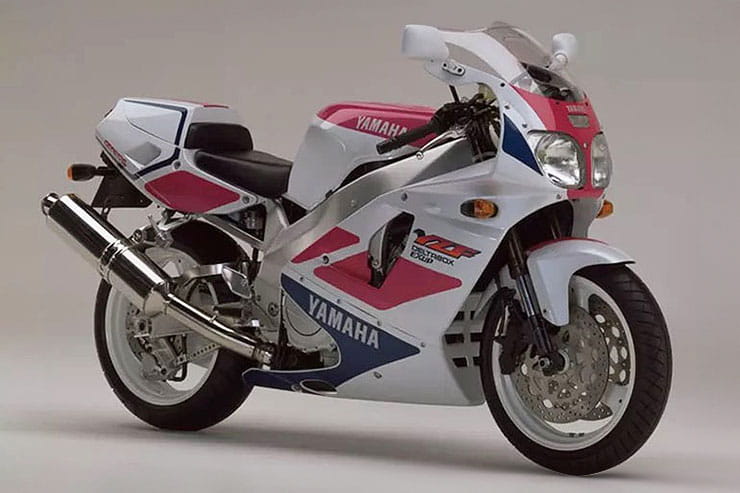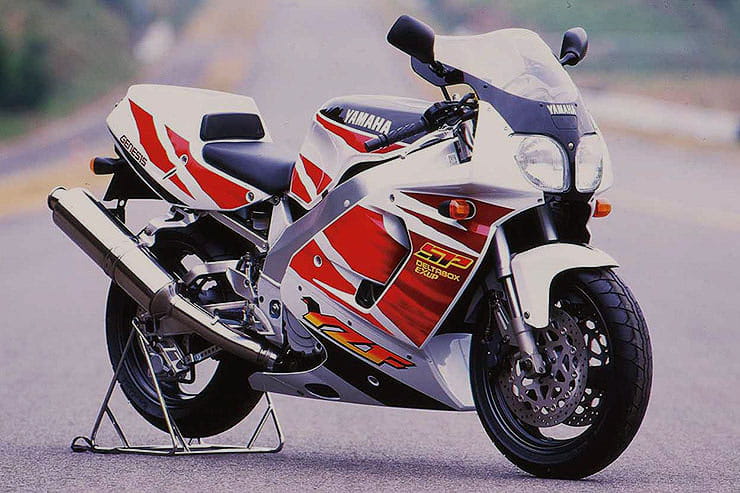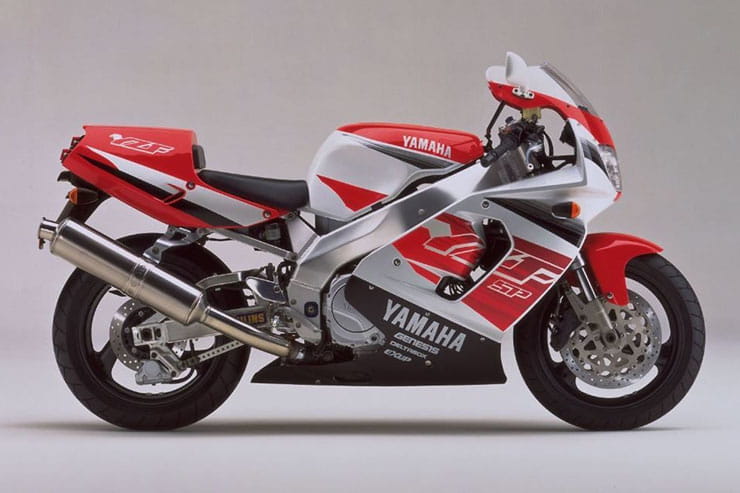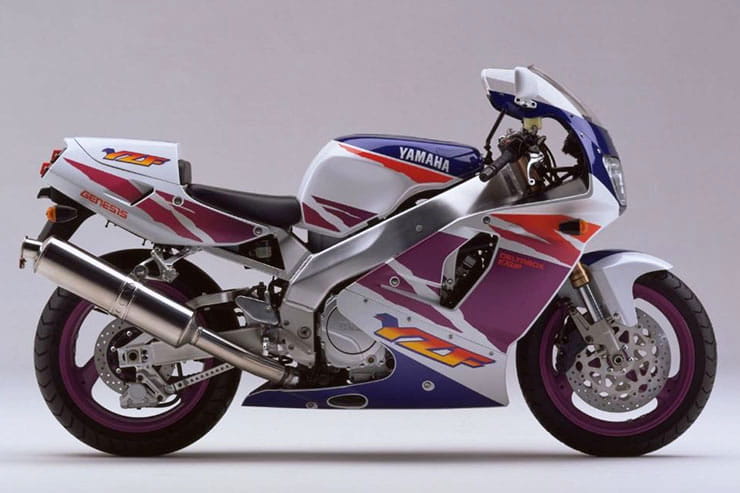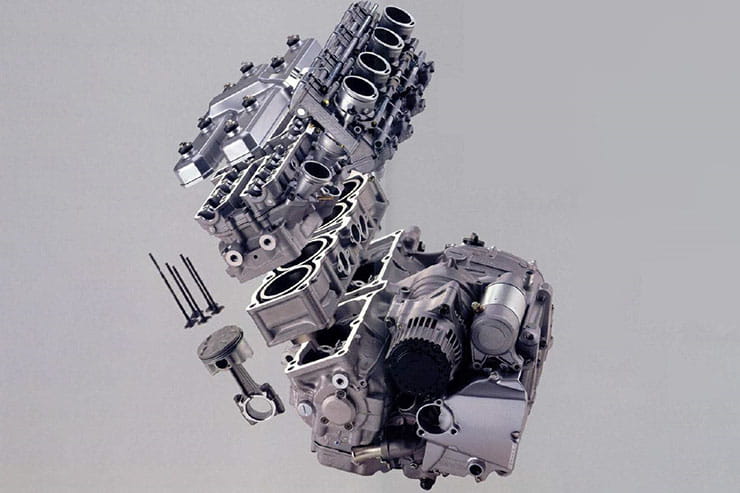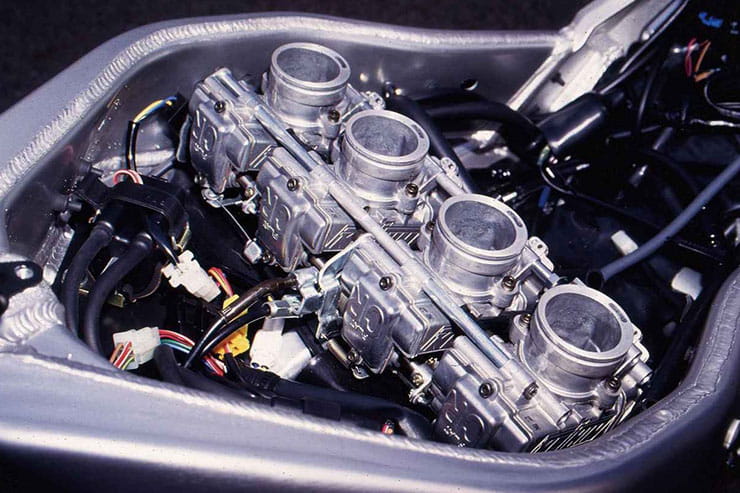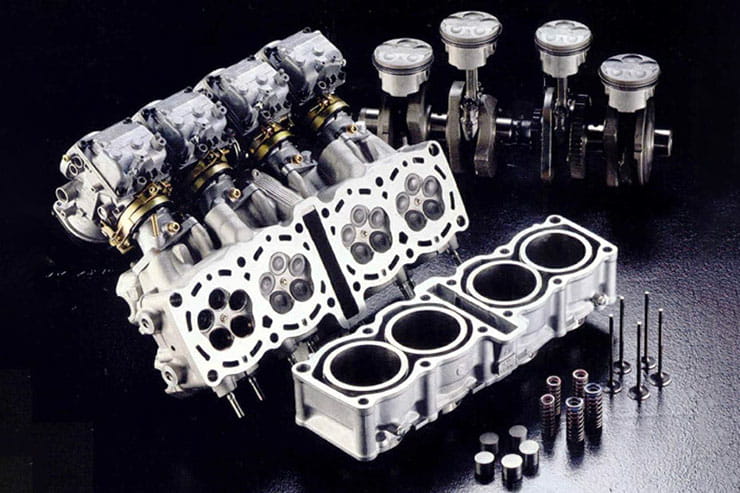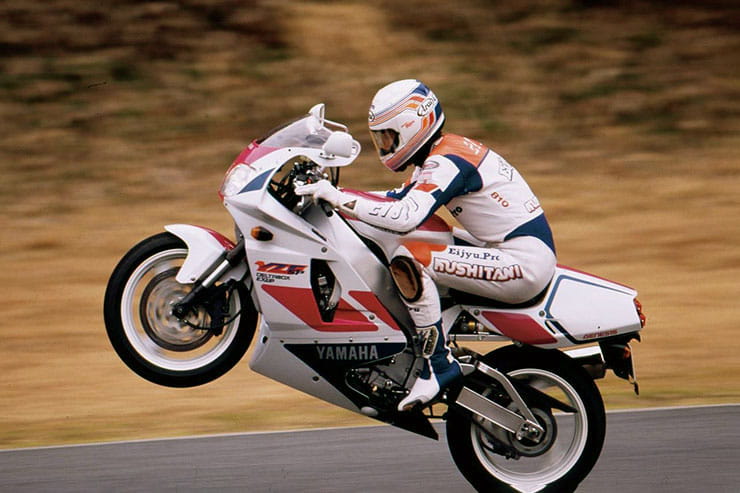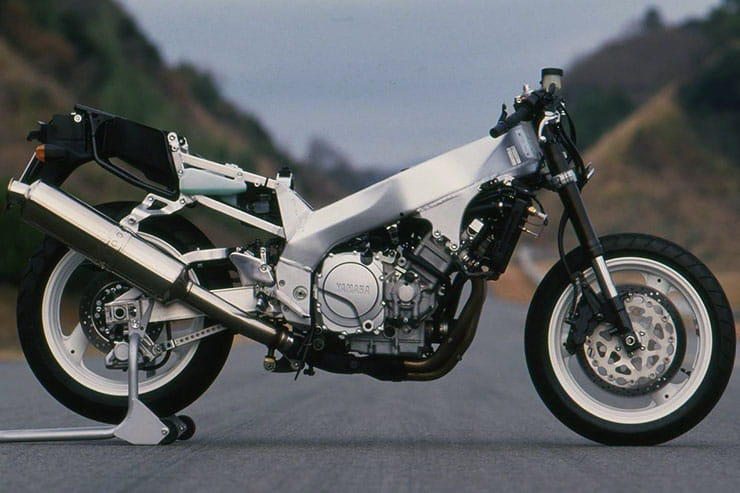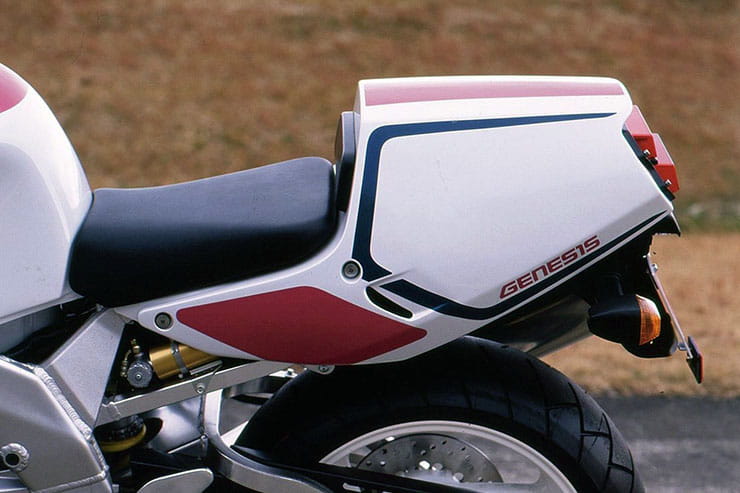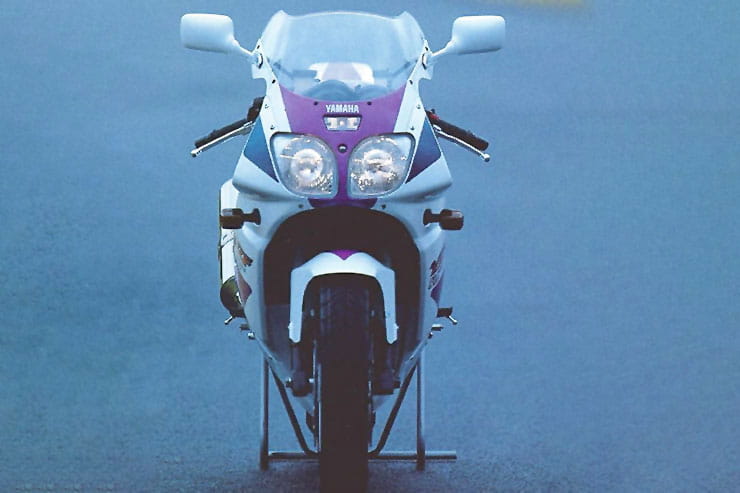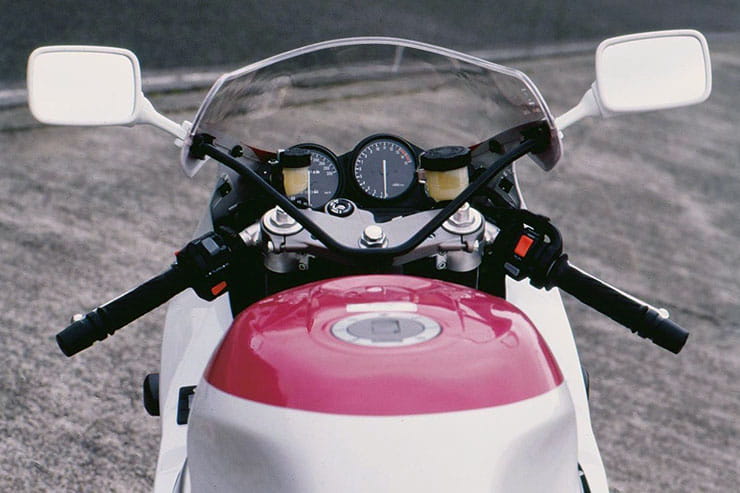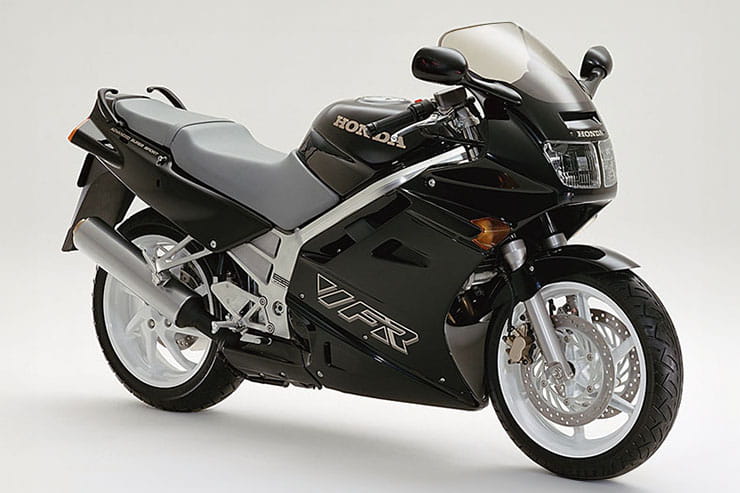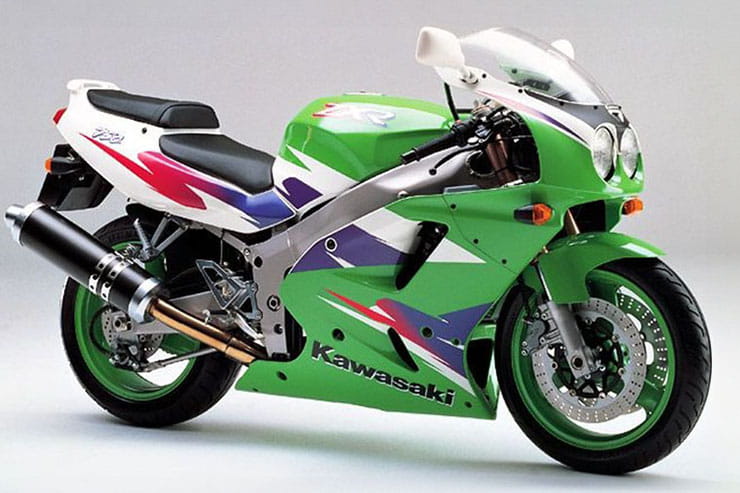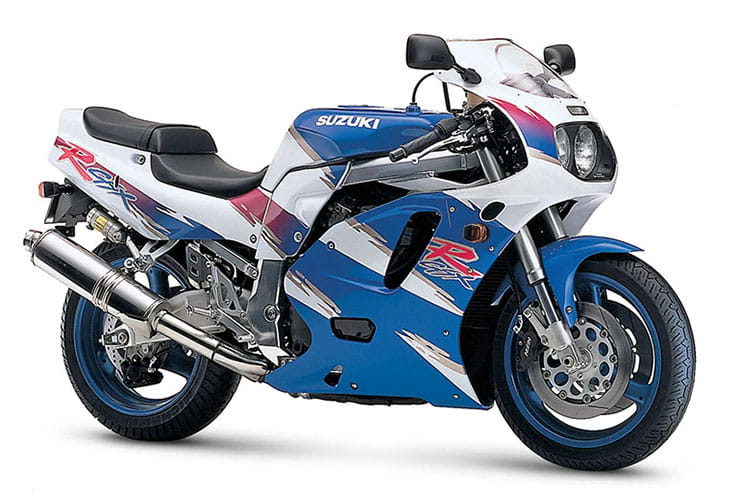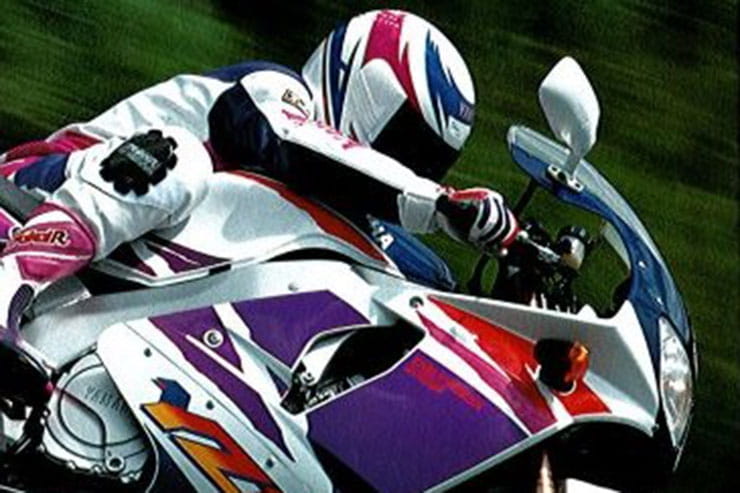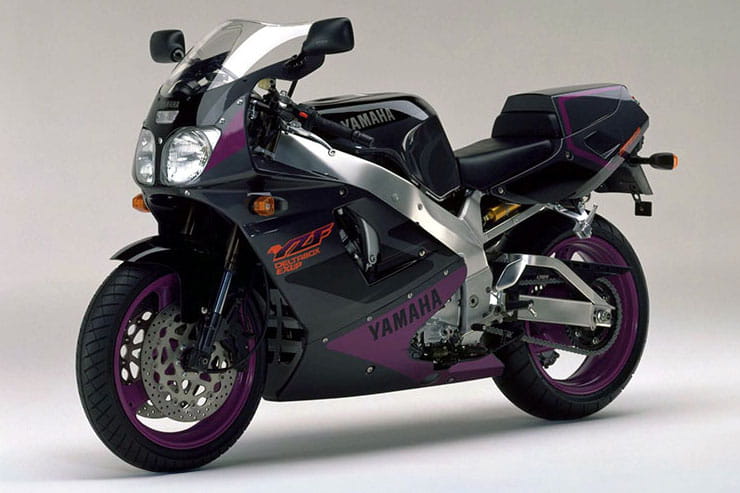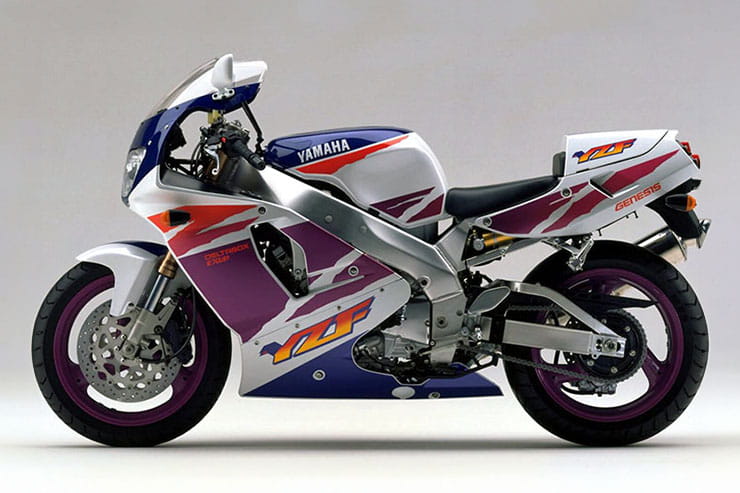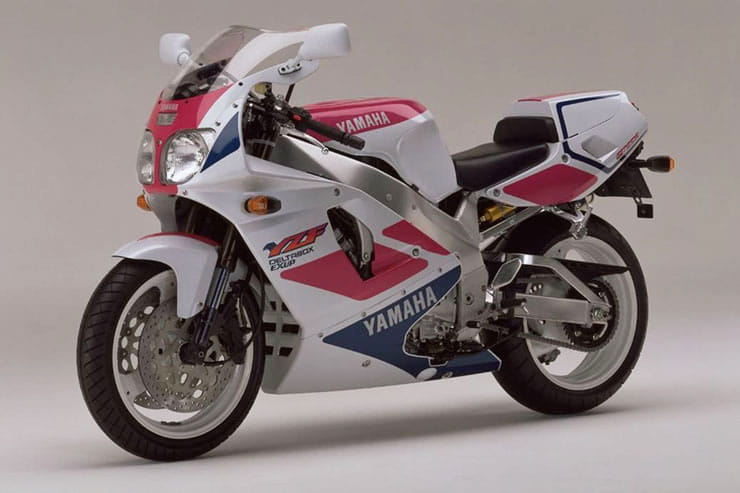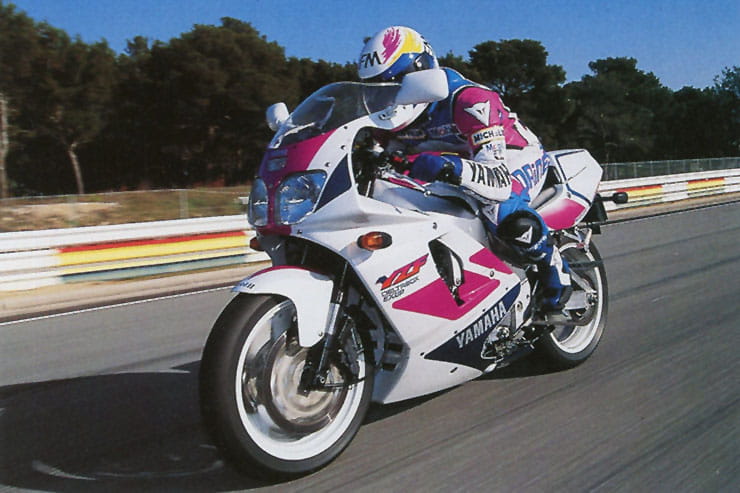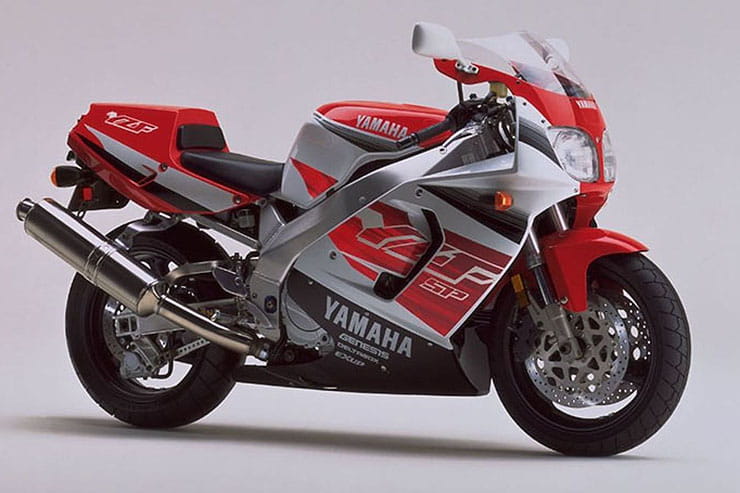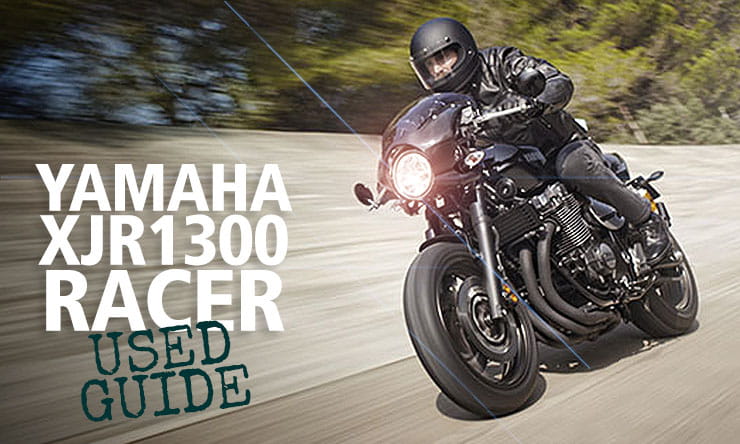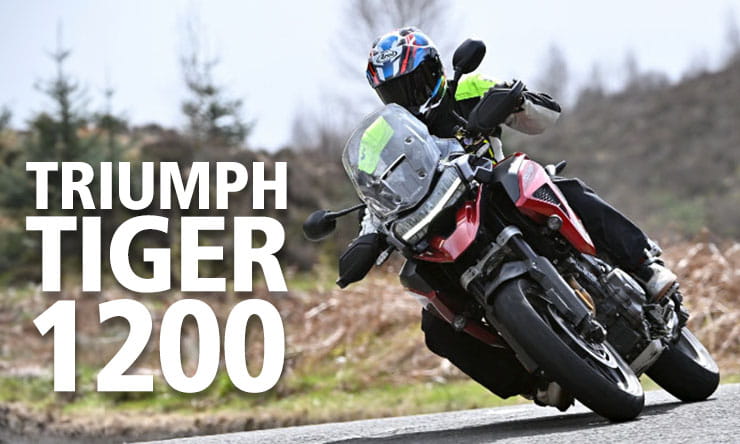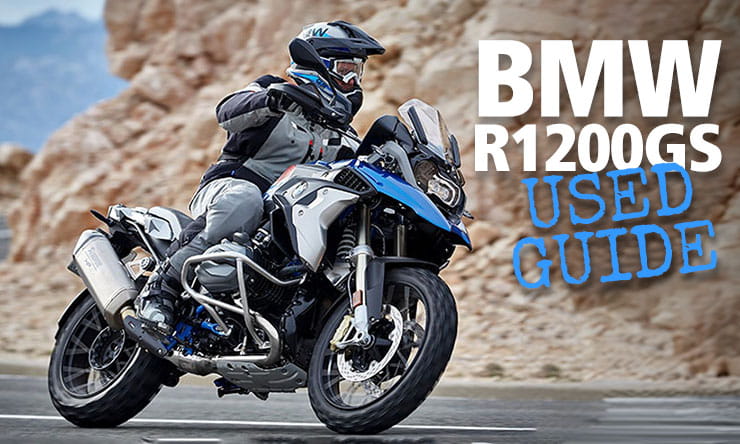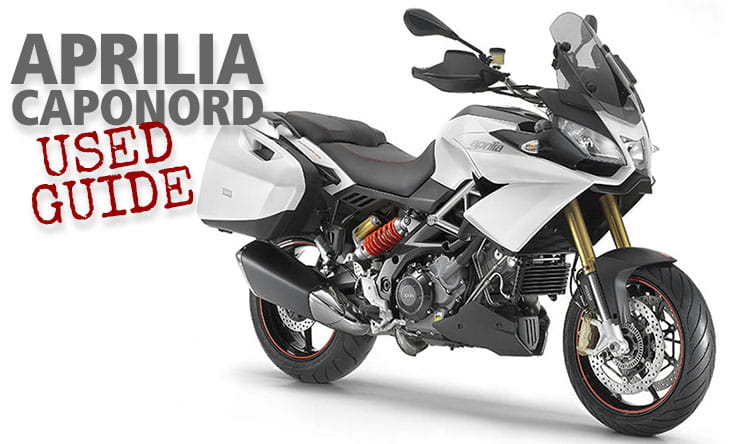Price: £2500-£4500 | Power: 125bhp | Weight: 196kg | Overall BikeSocial Rating: 4/5
Had Honda not stolen a march on its opposition in 1992 by launching the game-changing CBR900RR FireBlade, Yamaha’s YZF750R – released the following year – could well have been the early ’90s superbike template instead. Back then 750 fours and 1000cc twins were superbike racing’s favoured format, making the three-quarter litre class a hot bed of technical development.
The YZF750 raised the bar substantially with a host of new, clever tech, much of drawn from Yamaha’s racing experience with its full factory TT-F1 racer, also known as the YZF750, and its previous homologation racer for the road, the FZR750R OW01. On paper Yam’s new 750 had Suzuki’s aging GSX-R750 and even Kawasaki’s much loved ZXR750 kicked to the weeds. Its 749cc 20-valve motor produced a claimed 125bhp, pushing a dry weight of just 196kg to a potential of over 160mph. And unlike the eye wateringly expensive OW01, the YZF was built in dual specifications – R for the road, and SP for the racing homologation.
Despite racing success (the YZF never won the WSB title, but it did scoop several BSB crowns and a whole bag of WSB race wins) and performance that could keep a FireBlade honest, the YZF750R never captured the public’s imagination in quite the same way as the 900 Honda. A shame, yes, but for those looking for a handsome, capable, engaging and ground-breaking modern classic, the YZF’s short-lived pomp makes for a bargain buy today.
Decent YZFs (original, cared for and ready to ride) start at a measly £2500. Minters can be had for around £4000. And even a gorgeous nick SP, with its close-ratio gearbox, slide carbs, fully adjustable suspension, and trick single seat shouldn’t rush you anymore than £7K. Compare that to the £20,000-plus you’ll pay for an OW01 and it’s hard not to see the YZF750 as anything other than an outstanding bargain.
Here's how to bag a belter.
Pros & Cons
- Great value – how can £2500 for 160mph performance not be tempting?
- Solid, easily accessible handling
- Perfect antidote to the cult of FireBlade
- Front calipers are expensive to rebuild and no better than later four-pots
- EXUP valve will give up if not regularly maintained
- Needs to be thrashed to give its best
Yamaha YZF750R/SP (1993-1996) Price
Originality pays dividends when it comes to YZF750 values. First year white/pink/blue models, known as ‘pinkies’, are highly prized despite their slightly lower spec than later model. SPs are rarer and tricker than Rs – especially in terms of engine spec – so they command much higher prices; they’re race homologation machines after all.
1993 Yamaha YZF750R: Rough £1200-£1800; Tidy £2500-£3300; Mint £3700-£4200. *
750 superbike loosely based on Yamaha’s TT-F1 YZF750 machine. 20-valve top end, EXUP exhaust valve, Deltabox beam chassis, 6-pot front brakes, 125bhp, 196kg. Colours: pink/blue/white, black/violet
*Pinkies can command a few hundred more than black/violet models
1993 Yamaha YZF750SP: Rough £4000-£5000; Tidy £6000-£6500; Mint £7000-£7500.
Sports Production version of the YZF, built to homologate the bike for superbike racing. Visually similar to the R, except for a single seat unit and SP logos on fairing. Most differences are internals – close-ratio gearbox, 39mm FCR Keihin carbs, and fully-adjustable suspension front and rear. Colours: pink/blue/white
1994 Yamaha YZF750R: Rough £1200-£1800; Tidy £2500-£3300; Mint £3700-£4200.
Changes to colours and graphics only. Colours: white/purple/blue, turquoise/purple/orange
1994 Yamaha YZF750SP: Rough £4000-£5000; Tidy £6000-£6500; Mint £7000-£7500.
Mimics the R in that only colour and graphics changed. Colours: white/purple/blue
1995 Yamaha YZF750R: Rough £1200-£1800; Tidy £2500-£3300; Mint £3700-£4200.
First significant overhaul. Rear shock uprated to fully adjustable – now Öhlins branded. Shape of indicators changed slightly, new curved radiator, subtly altered bellypan, more underseat storage space. Colours: white/red/orange/black, green/purple/black
1995 Yamaha YZF750SP: Rough £4000-£5000; Tidy £6000-£6500; Mint £7000-£7500.
Final year of the SP. Detail tweaks as per the R model. Colours: white/red/orange/black
1996 Yamaha YZF750R: Rough £1300-£2000; Tidy £2700-£3500; Mint £3800-£4500.
Last stand for the YZF features various updates, including new front discs, uprated fork adjusters and the fitment of corrosion resistant nuts and bolts. The final batch of Rs also made use of some SP parts, such as close-ratio gearbox and suspension. Colours: red/black/white
Yamaha YZF750R/SP (1993-1996) Engine and Performance
Yamaha used the old OW01 engine as a template for the YZF, borrowing the FZR’s 72 x 46mm bore and stroke (giving 749cc), forward canted block, and five-valves per cylinder layout. But by the time they’d been through the whole unit, tweaking each area as they went, no parts were actually interchangeable between the two motors.
The R model fuels through a bank of four 38mm Mikuni downdraught CV carbs; the SP features race-ready 39mm Keihin CR slide carbs. Midrange torque is given a helping hand by way of the exhaust system’s EXUP valve, first featured on Yamaha’s FZR400 and FZR1000 models – basically a blade situated where the downpipes converge that opens at higher rpm to offer the dual benefit of strong low and midrange pull (when the valve is closed) as well as maximum gas flow at high revs (when it opens).
Like the OW and FZR1000 models before it, the YZF houses its generator behind the engine block rather than on the end of the crank to aid ground clearance. The six-speed gearbox (close-ratio on the SP) sits horizontal to the block – space-saving stacked gearboxes were yet to make it to market, but stability was never as issue with the YZF so an overly long swingarm wasn’t required.
Performance is brisk, especially above 8500rpm – it’ll rev on to 13,000rpm if needed (quite a number for a 750 at that time). The EXUP valve certainly helps bulk out the YZF’s midrange, but compared to a FireBlade, which has natural grunt on account of cubes, this Yamaha needs high rpm on the dial to really get into its groove.
Yamaha YZF750R/SP (1993-1996) Handling & Suspension
Aluminium, and lots of it. That’s a YZF750 chassis. The heart of this Yamaha’s handling is its massive Deltabox beam frame and heavily braced swingarm. Like the engine, the YZF’s chassis is a natural development of the OW01’s layout and design, but trimmed, tweaked and improved for a new era.
A 25mm reduction in wheelbase compared to the OW sharpened up the YZF’s turn-in response, while new 41mm usd forks (preload and compression adjustable only until ’95 when rebound damping was added) keeps the front end in check, and a braced swingarm and fully adjustable shock works the rear.
The YZF was an early adopter of six-pot calipers (a ’90s fad that disappeared by the end of the decade, by which time caliper construction and pad technology had vastly improved), biting down on massive 320mm discs. Many owners retro fit R1 blue-spot calipers, which offer far greater bite and more consistent performance, but fitting them requires chamfering the back of the fork legs; not something purists really want to do.
Handling is sweet, sure footed and stable – much more so than the nervous feeling Blade. Many racers who campaigned YZFs to great success (Whitham, Mackenzie et al) commented at the time how neutral and easy they felt to ride, and that ease of use is one of the YZF’s greatest strengths. That’s if your legs can stand the cramped accommodation…
Compared to modern superbikes the YZF750 feels big, but once you acclimatise to the riding position this Yamaha proves itself to be accomplished at both road and track riding.
Yamaha YZF750R/SP (1993-1996) What to look for
Brake calipers: De rigueur in the early 1990s, but a fad that faded out by the end of the decade when one-piece 4-pot calipers proved their superiority. Several issues occur with the YZF’s stock calipers: 1) they require regular maintenance to perform at their best, and service items can be expensive – 12 pistons, 24 seals etc; 2) R1 blue-spot calipers (a popular upgrade) offer much better performance, but the fork legs need chamfering to fit, spoiling the bike’s originality; and 3) the discs can warp, so give any set-up thorough inspection.
EXUP valve: You know the drill with Yamaha’s four-stroke exhaust valve by now. Requires yearly attention – removal, clean and regrease (with copper grease) if it’s to work properly. If a bike’s had a complete aftermarket system fitted, the EXUP valve will no longer be there.
Fuel pump/switch: Crappy ethanol-rich fuel can wreak havoc with fuel systems, and the YZF’s 30-year-old fuel pump can be one such casualty. Replacement can be horribly expensive. Check that the fuel reserve switch (on the left side fairing panel) works, too. Get a test ride if you can.
Indicator stalks: The indicator stalks can harden and crack over time – even simply rubbing past them in the garage can be enough to snap them. Replacements aren’t cheap – up to £70 a pop, so that’s a cool £280 a set… Yamaha changed the shape of the winkers from ’95 so ensuring you get the correct part is key too.
Speedo cable: The cables can work loose at the drive end – if speedo readings are erratic it’s probably in the process of winding itself free. Left unattended it can cause the cable to snap – replacements can be as much as £35 for a genuine part. If there’s an issue, it’s worth whipping the front wheel out and checking the drive too, because they can fail with time.
Clutch/gearbox: Gearbox is strong – check second gear holds under load (again, a job for a test ride), but clutches can be a pain, with plates sticking together if a bike’s been standing. Fresh plates and springs would be a good idea on a rarely used example.
Engine: A decent unit, but has its foibles. The rings can stick in place if a bike’s left standing. Oil use will be thirsty as a result, with smoke a possibility. Regular use can persuade the rings to seat better, however, closing the gap between the bore and ring and therefore preventing oil from getting past. General oil usage is a Yamaha thing, so don’t be alarmed if a YZF needs a little top up every 500 miles. Heavy use – more than a litre every 1000 miles – could be a sign of excessive wear, however.
Carbs: A lot of poor running issues can be traced back to the carbs. CV diaphragms (on the R) can perish overtime, causing flat spots in the power delivery. Likewise, jets can become blocked and general wear tear can reduce once perfect carburation to a stuttering headache. If a bike you’re looking at runs poorly, especially if it’s still running a stock exhaust, be suspicious.
Yamaha YZF750R/SP (1993-1996) Rivals
Honda VFR750F, 1993 | Approx Price: £2500-£3500
Power/Torque: 102bhp/56.4lb-ft | Weight: 216kg
Original Pro-Arm VFR. More all-rounder than sportsbike, but still an amazingly accomplished road tool. All-day comfortable, gorgeous build quality and design, and characterful V4 motor. Steadily increasing in value, so get goodies included if you can – especially luggage and heated grips.
Kawasaki ZXR750L, 1993 | Approx Price: £2200-£3500
Power/Torque: 118bhp/54.3lb-ft | Weight: 205kg
Stylish, highly focussed superbike. More top end power than previous J model. More desirable than GSX-R WP on account of its racing success in WSB (in RR form), and the nearest rival to the YZF. Amazing front end feel/grip. Getting harder to find in unmolested spec; prices are creeping up steadily as a result.
Suzuki GSX-R750 WP, 1993 | Approx Price: £2000-£3000
Power/Torque: 118bhp/59lb-ft | Weight: 208kg
Suzuki’s persistence with the GSX-R’s cradle chassis put the bike on the back foot against the YZF and ZXR, but the Suzuki’s motor (water-cooled by this point) is a strong unit with the power to match the Kawasaki and keep on the Yamaha’s heels. Lacks the kerb appeal of a YZF or ZXR; if you’re going to buy a ’90s GSX-R, go SRAD.
Yamaha YZF750R/SP (1993-1996) Verdict
Whether you’re after a 750 for ’90s style road kicks, or a homologation spec superbike for the sheer glory of owning a track ready screamer, Yamaha’s YZF750 should be at the top of your list. The period styling still melts hearts, especially in the original pinkie colour scheme, and even the known issues are relatively easy and cheap to fix.
Best of all though, YZF’s – both R and SP – are still really affordable. Prices are starting to creep up gradually, so now really is the time to get one in your garage. And this Yamaha is so much less of a cliché than a FireBlade…
If you’d like to chat about this article or anything else biking related, join us and thousands of other riders at the Bennetts BikeSocial Facebook page.
Yamaha YZF750R/SP (1993-1996) – Technical Specification
|
Original price
|
£6999
|
|
Current price range
|
£2500-£4500
|
|
Capacity
|
749cc
|
|
Bore x Stroke
|
72mm x 46mm
|
|
Engine layout
|
liquid-cooled, DOHC, 20v, inline-four
|
|
Power
|
125bhp (91.1kW) @ 12,000rpm
|
|
Torque
|
59.3lb-ft (80.4Nm) @ 9500rpm
|
|
Top speed
|
162mph
|
|
Transmission
|
6-speed, wet, multi-plate clutch, chain final drive
|
|
Average fuel consumption
|
39 mpg
|
|
Tank size
|
19 litres
|
|
Max range to empty (theoretical)
|
162 miles
|
|
Reserve capacity
|
n/a
|
|
Rider aids
|
none
|
|
Frame
|
Aluminium Deltabox
|
|
Front suspension
|
41mm usd forks
|
|
Front suspension adjustment
|
Adjustable preload and compression damping
|
|
Rear suspension
|
Monocross monoshock
|
|
Rear suspension adjustment
|
Adjustable preload
|
|
Front brake
|
2 x 320mm discs, 6-pot calipers
|
|
Rear brake
|
245mm disc, 2-pot caliper
|
|
Front tyre
|
120/70 ZR17
|
|
Rear tyre
|
180/55 ZR17
|
|
Rake/Trail
|
n/a
|
|
Dimensions (LxWxH)
|
2170mm x 730mm x 1165mm
|
|
Wheelbase
|
1429mm
|
|
Ground clearance
|
140mm
|
|
Seat height
|
795mm
|
|
Dry weight
|
196kg
|
Looking for motorcycle insurance? Get a quote for this motorbike with Bennetts bike insurance



